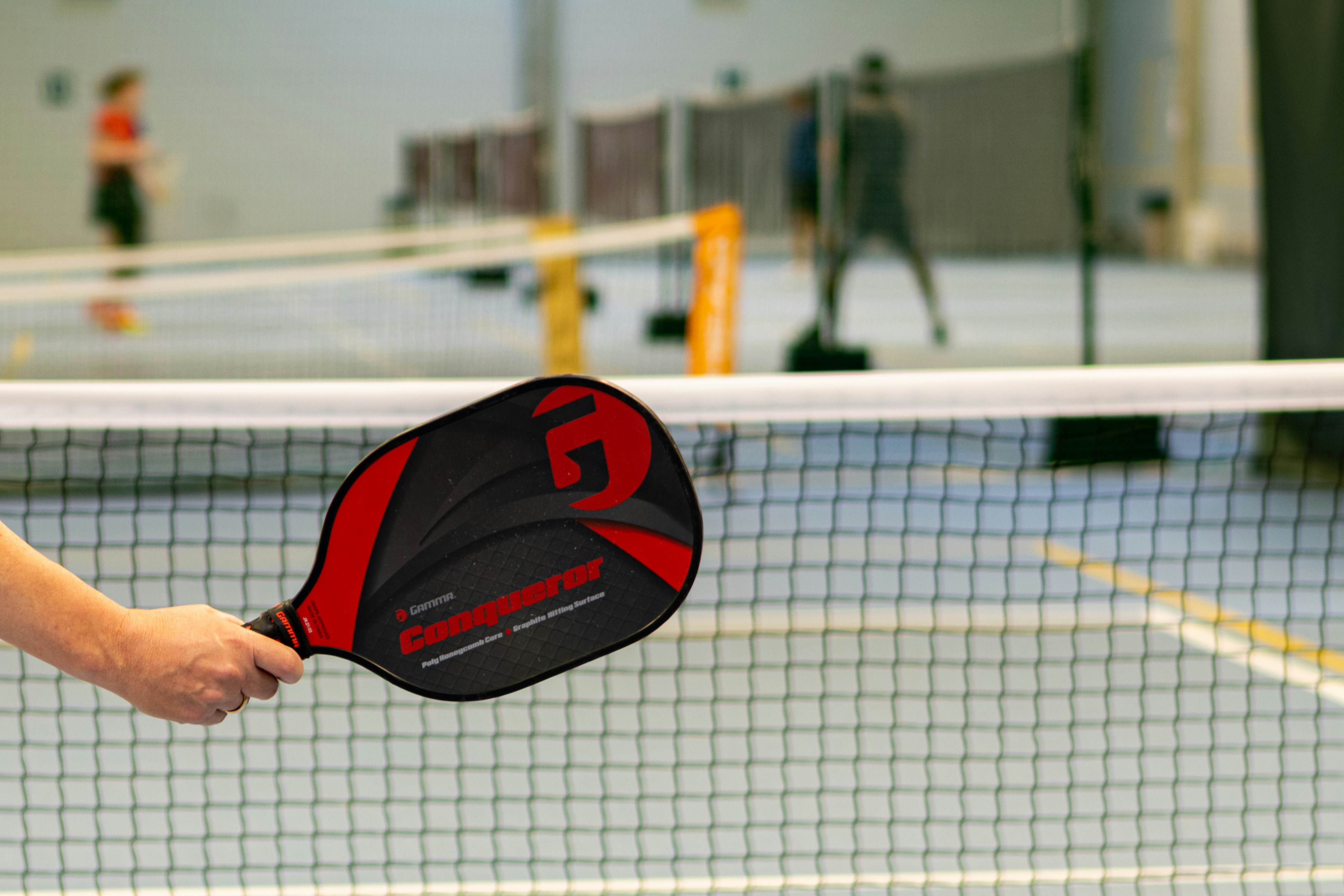The Pickleball Phenomenon
The growth of pickleball has become a remarkable trend in recent years, capturing the attention of sports enthusiasts and casual players alike. This surge can be attributed to several factors that make pickleball not only accessible but also enjoyable for a wide range of participants. One of the primary reasons players are drawn to this sport is its low barrier to entry. Unlike other racquet sports that may require extensive training or costly equipment, pickleball is easy to learn and can be played with minimal gear. All that is needed is a paddle and a lightweight plastic ball, making it an affordable pastime for individuals and families.
Furthermore, the simplicity of pickleball rules enables new players to grasp the fundamentals quickly, allowing them to engage in friendly matches sooner than they might in other sports. The smaller court size and slower-moving ball also adapt well to various skill levels, making it an ideal option for players of all ages. From children to seniors, pickleball can be enjoyed by nearly anyone, fostering an inclusive environment.
Another significant aspect contributing to the explosive popularity of pickleball is its social dimension. As it is often played in doubles format, players have the opportunity to connect with each other, which nurtures a sense of community and camaraderie. Many local pickleball clubs and recreational centers have emerged, providing players with platforms to meet, compete, and enjoy themselves. These social dynamics cultivate diverse groups, encouraging people from various backgrounds to come together and form lasting friendships. Thus, as pickleball permeates neighborhoods and sports clubs across the nation, its blend of accessibility and social interaction showcases why everyone is picking up a paddle.
Tennis Clubs: Adapting to the Pickleball Surge
The growing popularity of pickleball is reshaping the landscape of traditional tennis clubs, prompting a need for adaptive strategies to accommodate this emerging sport. As pickleball attracts a diverse demographic, including beginners and seasoned players, tennis clubs are re-evaluating their court scheduling frameworks to ensure they can meet the needs of both tennis enthusiasts and pickleball players. This integration is not simply about creating more available courts; it requires a comprehensive approach to facility management and program development.
Many clubs are implementing innovative solutions such as converting existing tennis courts into pickleball courts during off-peak hours. This flexible approach maximizes court utilization without the need for significant financial investment in new infrastructure. By utilizing quick-setting lines or portable nets, clubs can seamlessly transition between the two sports, thus providing their members with diverse recreational options. Moreover, the financial implications of this strategy are notable, as it allows clubs to increase their membership base by appealing to a wider audience.
Beyond court conversion, clubs are also integrating pickleball into their existing programming. This can include hosting pickleball clinics, leagues, and social events, catering to the increasing interest among members. By offering specialized training sessions, tennis clubs can foster a welcoming environment for new players while also encouraging current tennis players to explore the sport. Furthermore, clubs are finding ways to host joint events, where tennis and pickleball players can interact, fostering a community spirit and bridging the gap between the two sports.
Ultimately, the accommodation of pickleball in traditional tennis clubs is a reflection of the evolving sports landscape. By balancing the needs of both communities, clubs not only maintain relevance but also enhance the overall member experience, ensuring that both sports can thrive side-by-side in a collaborative environment.
Multi-Generational Programming: Engaging a Diverse Community
In today’s dynamic sporting landscape, the importance of multi-generational programming within sports clubs cannot be understated. Tennis and pickleball clubs are increasingly recognizing the value of fostering an inclusive atmosphere that appeals to individuals of all ages. By designing programs that cater to various generational groups, these clubs not only promote physical activity but also strengthen the fabric of the community. This engagement engenders a vibrant sporting culture where families and friends can participate together, enhancing relationships and building bonds.
One notable approach to achieving this engaging environment is the organization of intergenerational events. These events, such as family tournaments or mixed-age lessons, invite participants from different age groups to connect and share experiences. For instance, a local pickleball club might host a weekend tournament featuring teams with children, parents, and seniors competing side by side. Such inclusive events provide opportunities for younger players to learn from more experienced participants, fostering a culture of mentorship and camaraderie.
Additionally, clubs are implementing lessons tailored specifically to accommodate different skill levels and age ranges. Programs that pair older adults with younger players for teaching sessions encourage knowledge sharing and mutual support. These initiatives promote a holistic sporting environment, as they not only focus on competitive play but also prioritize social interaction and respect among participants of varied generations.
Moreover, tournaments featuring mixed-age brackets allow players to experience the thrill of competition while fostering community spirit. Parents may team up with their children, and grandparents can witness their grandchildren’s development firsthand. This multi-generational approach reinforces the idea that sports are not just about individual success but about collective growth, enjoyment, and lifelong connections across various backgrounds and skill levels. Through these innovative programming strategies, tennis and pickleball clubs are paving the way for an inclusive community where everyone can thrive.
Preserving Core Identity Amid Changing Dynamics
The emergence of pickleball as a popular sport has undeniably altered the landscape of tennis clubs, presenting both challenges and opportunities for their continued relevance. It is crucial for tennis clubs to maintain their core identity while adapting to these new dynamics. This balance ensures that traditional practices associated with tennis are preserved, fostering a sense of continuity amidst change. By acknowledging their rich historical significance, clubs can draw upon venerable practices to reinforce their unique identity in a dual-sport context.
One effective strategy for preserving a tennis club’s identity involves community outreach initiatives that align with the club’s heritage. Hosting open days, where local residents can experience tennis alongside pickleball, facilitates a community-centric approach while upholding the values of the sport. Further, engaging with local schools and youth organizations can reignite interest in tennis, representing a commitment to sustaining its legacy. Such events foster connections that reinforce the club’s dedication to the traditional game while accommodating new players attracted to pickleball.
Additionally, curating a diverse and engaging calendar of events is paramount in maintaining a compelling club atmosphere. Regular tennis tournaments, exhibitions, and social gatherings specifically for tennis players can help cultivate a loyal membership base. By ensuring that both pickleball and tennis events are well-promoted, clubs can attract a broader audience while still honoring their foundational sport. This approach not only nurtures existing tennis players but also encourages new ones to explore the game, thereby weaving tennis into the very fabric of the club’s identity.
Lastly, creating a welcoming environment for all participants, regardless of their preferred sport, is essential. Clear communication about the shared spaces and cooperative use of facilities will affirm the club’s existing values while embracing the spirit of inclusivity. By adeptly navigating this dual-sport environment, tennis clubs can preserve their core identity while celebrating the accessibility that pickleball brings, ultimately enhancing the overall experience for all members.

